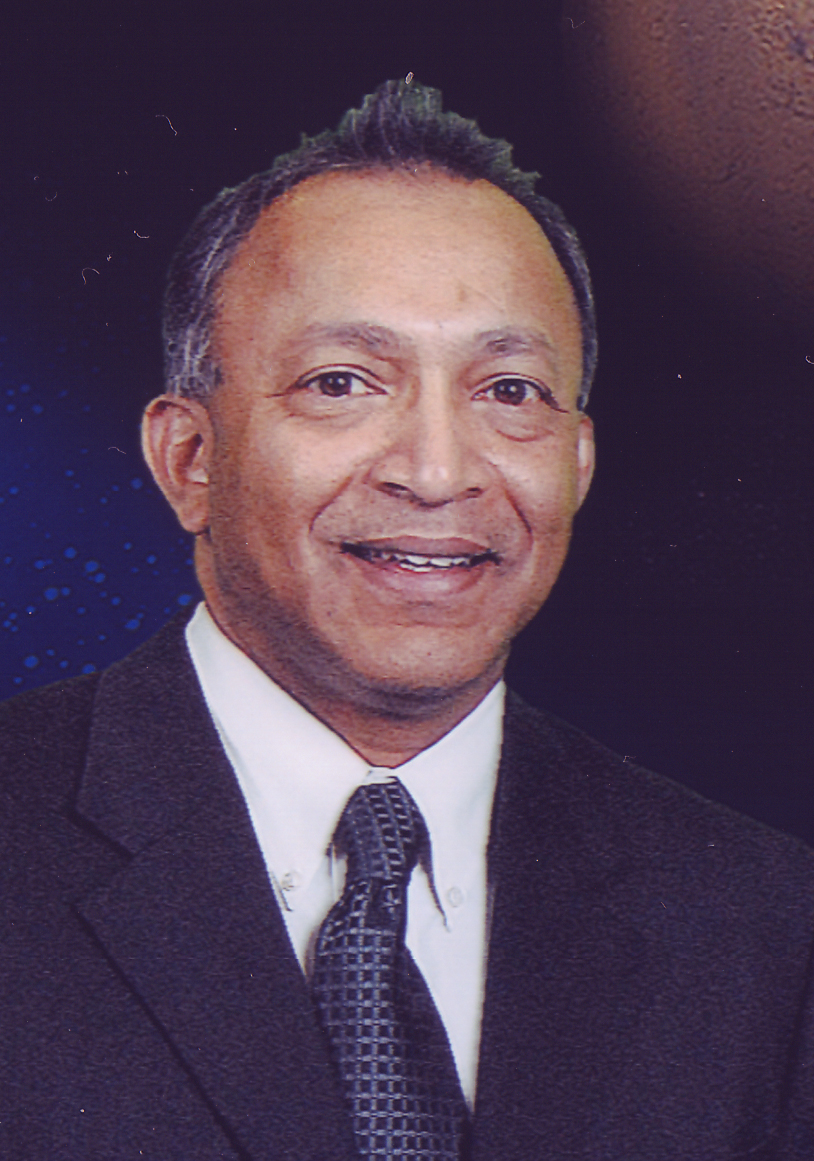A Step Toward Translocation Technologies
Year: 2006
Keywords: Relativity, Frames of Reference, Paradox
Future propulsion technologies may have the opportunity to ask the question, how far do you want Alpha Centauri to be? This paper takes a fresh look at the effects of Special Theory of Relativity, with the objective of finding new approaches to developing future propulsion technologies. In particular a translocation technology where any distance can be measured as zero distance. Finding this approach requires three steps. The first step is to present a more detailed conceptual rendition of the Principle of Relativity that the laws of physics are the same anywhere in the Universe for an inertia frame of reference. The extended version of this axiom is termed Continuity of Frames of Reference. The Continuity of Frames of Reference has four properties, Net Cumulative, Path Independence, Reversibility, and Preservation. When the first three properties are true, a physical process is said to be consistent with respect to space (location) or time. All known physical processes are consistent with respect to space. However, since time travel is not possible, physical processes are inconsistent with respect to time. The Preservation Property must always hold. If an event occurred, it occurred. One cannot have the situation where a group of observers, within the light cone, disagree about what they observed. They may disagree about when and where, but not what. The second step is the Box Paradox. In this scenario an event based location is measured differently, independent of relative simultaneity. This is not new. The paper, however, presents a new interpretation. It is our measurement of distance, and not the distance, that is different. The third step is to propose some of the characteristics and properties of this future translocation technology. With some knowledge of what to look for, we are then able to focus and direct our efforts in a concerted manner, to hasten the development of this possible technology.
Presented at the International Space Development Conference 2006, Los Angeles, CA


